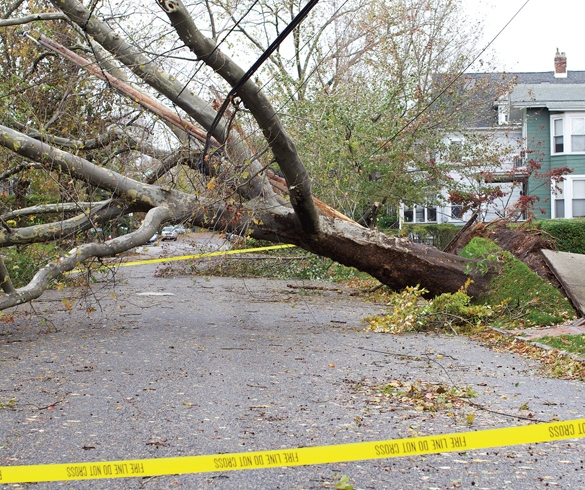
Be Prepared for Inclement Weather
When it comes to storms and hurricanes, you can never be too prepared. To keep your family safe, it’s important to prepare for the worst because once a hurricane or storm hits, action must be taken quickly.
In the case of a power outage, a common side effect of natural disasters, one of the best pieces of equipment to have on hand is a portable generator. Portable generators can provide the power needed to access important radio or television weather updates, lights, hot water and refrigeration for safe food storage, among other necessities. After a storm, it is difficult to predict when power will be restored, so it’s best to be prepared with a backup power source.
When used properly, portable generators can save lives, but there are some risks that come along with using them. Safe use is critical to avoid dangerous carbon monoxide which you cannot see, taste or smell.
The Portable Generator Manufacturers’ Association recommends taking time to reacquaint yourself with your generator’s features and safe operating instructions, as well as keeping these safety tips in mind:
- Keep the operator’s manual in a safe place so you can refer to it easily for further information about safe operation and potential hazards.
- To avoid dangerous carbon monoxide accumulation from a portable generator, always “Take It Outside.” Never run a portable generator indoors, in areas such as garages, basements, crawl spaces, breezeways, sheds or other partially enclosed spaces.
- Always place a portable generator downwind and point the engine exhaust away from occupied spaces.
- Avoid placing a portable generator near windows, doors or vents, as carbon monoxide gas can accumulate and potentially be drawn indoors.
- Install battery-operated carbon monoxide alarms according to manufacturer’s instructions. Replace batteries and test the alarm regularly to ensure it is in good working condition.
- Learn to recognize the symptoms of carbon monoxide poisoning: headache, nausea, dizziness, shortness of breath, weakness and fainting.
- If you feel sick, dizzy or weak while using a portable generator, get to fresh air immediately and call 911 for emergency medical attention.
Now is the perfect time to educate yourself and your family on the safe and proper use of portable generators in preparation for major storms and natural disasters. Learn more about safely operating a portable generator during severe weather at takeyourgeneratoroutside.com or pgmaonline.com.
Source:
Portable Generator Manufacturers’ Association



